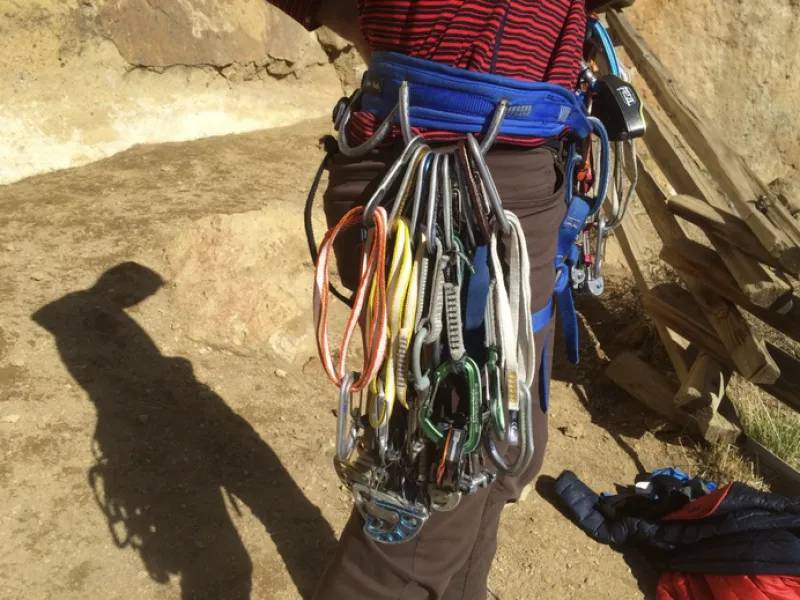How to choose mountaineering and rock climbing webbing

Is there any difference between using climbing webbing and climbing ropes? Yes, climbing webbing is the favorite equipment of most traditional climbers.
It is a kit made of solid woven fabric. Climbing webbing exists in different forms such as materials and widths. Most traditional climbers use them to make strong anchors.
There are different types of climbing webbing:
Tubular Webbing
It is the most popular and strongest type of webbing used by climbers. It is a type of webbing made of double - layer hollow nylon, which helps simplify knot - tying and usage.
It is preferably flat, and the wrapping structure in it helps increase strong loop points. Tubular webbing also has the characteristics of flexibility, softness, and pliability, and is versatile.
Flat Webbing
It is a type of webbing made of solid - woven nylon fibers. The strong fibers in it help provide an anchor strap that is easy to construct. Flat webbing has a limited use because it cannot hold the created knots firmly.
Webbing Width
Webbing comes in different widths. For tubular webbing, the most common width sizes are 1" (the standard for making anchors) and 5/8" (widely used for making home slings).
Webbing Material
To hold knots firmly, modern webbing is customized using eye - catching materials such as nylon 66, Dyneema, aramid, and polyester. These materials are preferred because they have this unique property that allows them to be easily used when sewing and also provide good outdoor performance.
The following are four materials commonly used by outdoor climbers.
Nylon or Nylon 66
Climbers prefer nylon webbing because of its diverse creative styles, such as backpack straps. For safety purposes, it also provides convincing knot - tying ability and can easily resist UV degradation if not exposed to sunlight for a long time.
Dyneema
It is deeply loved by many climbers because of its characteristics such as ultra - light weight, good light resistance, and high - strength tensile force. The anchor slings made of it have the highest strength among many materials, with a 9MM strength reaching 22KN.
High - strength Polyester
Polyester material is not easy to stretch and is difficult to absorb moisture. This material has strong UV resistance. Its characteristics also make it an ideal choice for hammock suspensions and backpack straps.